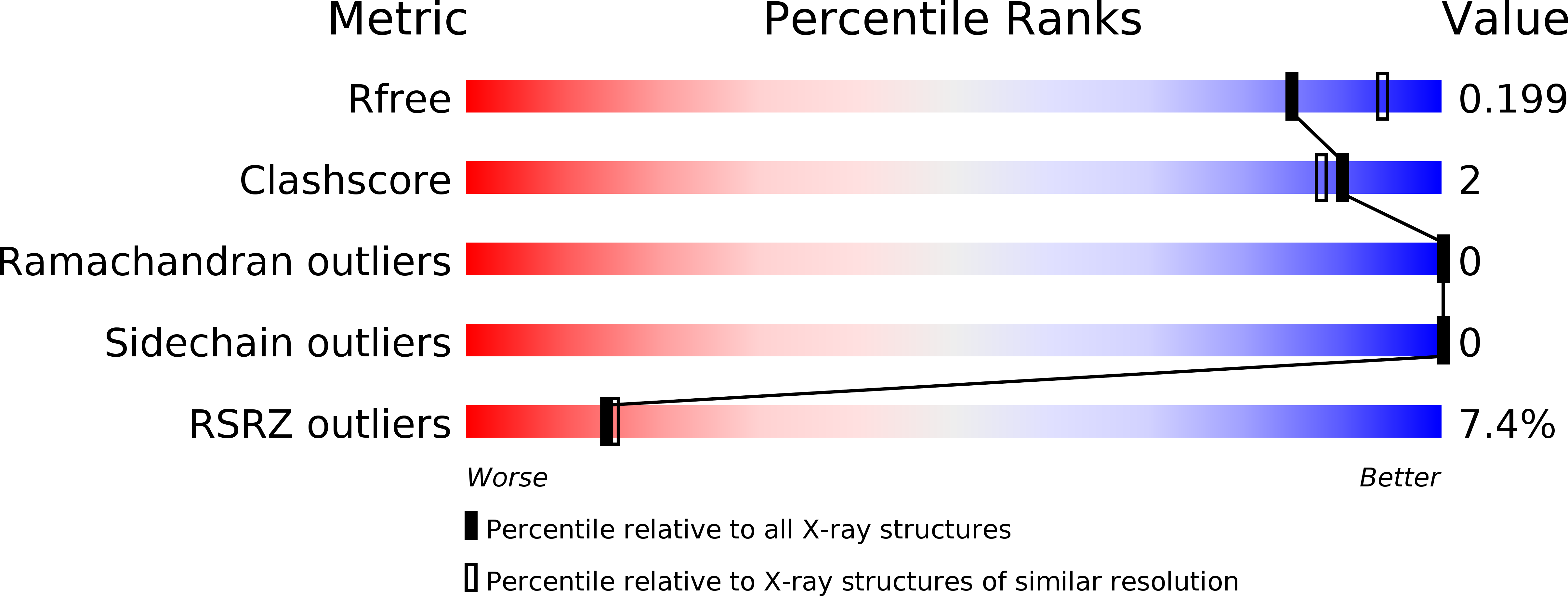
Deposition Date
2012-07-24
Release Date
2013-06-05
Last Version Date
2023-09-13
Entry Detail
PDB ID:
4G9Y
Keywords:
Title:
Crystal Structure of the PcaV transcriptional regulator from Streptomyces coelicolor
Biological Source:
Source Organism:
Streptomyces coelicolor (Taxon ID: 100226)
Host Organism:
Method Details:
Experimental Method:
Resolution:
2.05 Å
R-Value Free:
0.19
R-Value Work:
0.17
R-Value Observed:
0.17
Space Group:
I 41 2 2


